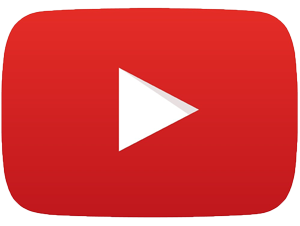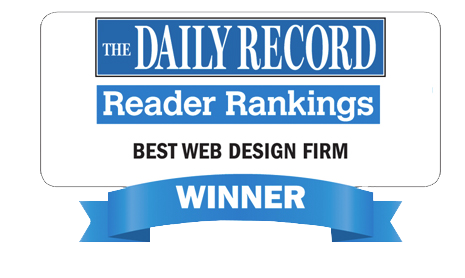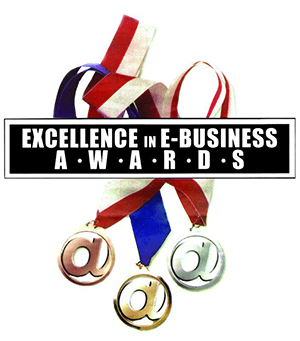How to Write a Punchy Blog Title that Readers Will Love

Create a punchy blog title that jumps off the page and demands attention!
You may craft great content, but the first step to getting users to read your content is creating a blog title that will be tempting to click. The title is what sells your content; it has to be convincing and enticing enough to make the user want to click on to your content. There are a few steps involved in creating a great blog title. Here are a few things to try.
Start with a Working Title
To start, let’s define the difference between a working title and a topic. A topic is what your blog is about, like “keyword density” or “Facebook tools”. A working title should be a general idea about how you will approach this topic. For example, if your topic is “keyword density”, your working title could be any of the following:
- How to Utilize Proper Keyword Density
- How to Use Keyword Density for Today’s SEO
- X Ways to Improve Your Keyword Density
Your working title is basically a short explanation of what the blog will be about. We’ll modify this title further before publishing.
Stay Accurate
When creating your title, you want it to represent your content accurately. If your title is “Yes, Facebook Marketing is Great for B2B”, but then in your blog you cite examples that are not B2B businesses. This will cause users to feel frustrated and let down. Plus, it creates the image that your business does not promote accurate information, which can hurt your reputation. The Google search engine now focuses more heavily on user experience, which means that accurate and helpful content is boosted higher in search rankings. When creating both your title and your content, keep user experience in mind.
Short and Sweet
There is no single number for characters that should be in the optimal title. However, there are a few guidelines you can follow to make your titles more search, Facebook, and Twitter friendly. To make your title rank well in searches, try to keep the length limited to 70 characters or less. This will ensure that part of the title doesn’t get cut off in search results. Also, try to move your keyword to the front of the title so that it will better catch readers’ attention. For Twitter, make sure that your title doesn’t go over the 140 character limit (remember to include the number of characters for the shortlink). Headlines with 8-12 words are the ideal Twitter length. Headlines with 12-14 words are best for Facebook.
Create Appeal
Finally, you want to create a title that is readable and eye-catching. Here are a couple tips:
- Try some alliteration, such as “Foolproof Formula”.
- Strong language, like “hate”, “love”, and “brilliant”, are great ways to make your blog stand out and catch reader attention. However, it’s important to know your audience. “Super Dope Flood Insurance Facts That Will Blow Your Mind” is eye-catching but perhaps not ideal clickable material for an audience searching for flood insurance.
- Intrigue your audience. Rather than summarizing or explaining, try asking a question or identifying a pain point. Rather than say “why”, try to say “who”. A title like “5 Brands Who Have Mastered Facebook Marketing” gets the audience to wonder “who are they?” and click through to find out.
Now, let’s put everything together. The working title for this blog post was “Create a Catchy Blog Title that will Catch Readers’ Eyes and Increase Clicks”. It captures the topic “blog title” but is a bit long and cumbersome. The final title “How to Write a Punchy Blog Title that Readers Will Love” is shorter and has strong words like “punchy” and “love”. The “how to” entices readers click through to read the content to find out for themselves. Finally, the length is 11 words, which is great for Facebook and Twitter.
We hope this helped you learn how to maximize your blog titles! Talk to Adventure Web Interactive about our business blogging services.
Adventure Web Interactive Social Media Marketing Services
Keep up with our blog every week to learn about the latest social media trends and effective business content strategies.
We offer marketing solutions for you, including blog writing and social media management. That way, you don’t have to worry about posting the right stuff at the right time—we can do that for you. Contact us to see what we can do for your business today!
Follow us on Google+, Facebook, Twitter, LinkedIn, and Youtube for more information about website design and social media marketing.


















